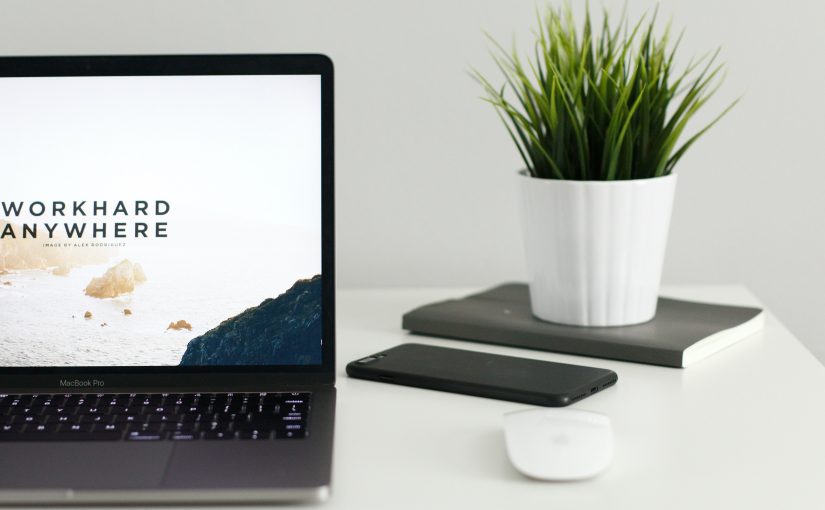Most business people are familiar with the concept of the Virtual Office and of having the facility to direct mail and calls to a nominated office address.
But what’s the future for the popular service in light of Covid-19, lockdown and increased home and remote working?
A Virtual Office effectively acts as a one-stop location, with modern business facilities to handle communications, leaving the business-person or employee to run things without the hassle of managing premises and employing an admin team.
In recent months, as more and more people were forced by lockdown to work from home and not commute into the office, many considered the longer term scenario and how they would manage the ‘new normal’.
Part of this consideration revolved around communications and maintaining a decent presence and the illusion of normality to customers during very unusual times.
With head-offices closed, and home working the norm, the actual physical location of the business became less important, so naturally demand for Virtual Offices have increased in recent days for business continuity.
Part of this has been to do with issues around privacy, as now communications, such as letters, packages and calls have had to be to worker’s home addresses.
The setting up of a Virtual Office means that the personal privacy of the user is not compromised as mail goes to a PO Box without the need for the person to divulge their personal information and risk it getting into the wrong hands.
One of the additional benefits that companies have seen in using the Virtual Office in this time, is an actual increase in orders and enquiries, as their calls are answered when they are unavailable without the risk of being missed.
Add to this the convenience of having mail forwarded to them, wherever they are, or it being scanned and emailed, many have seen their productivity increase due to the Virtual Office taking some of the administrative strain.
This particularly applies to owners of smaller businesses and sole entrepreneurs. That said, even teams within larger companies have reported their productivity increasing as less time has been required for admin and post duties.
With the current considerable measures in place to deal with the control of the spread of Covid-19, the reduction in close proximity contact with others that is afforded by choosing a Virtual Office has obvious benefits for hygiene.
If mail and other items are in contact with fewer hands and there is not the passing of germs caused by these items changing several hands, then risk of infection is greatly reduced.
It’s very likely that in the future, the ‘new normal’ will look like a gradual increase in the remote working model, where hubs of business will be more virtual, rather than swathes of offices with hundreds of people at desks.
Therefore, it’s also likely that the Virtual Office service will adapt and grow to fill this space, to adequately cover the demands of a much more mobile and flexible workforce.
It’s up to the Virtual Office sector to now raise up to the new requirements that are very much still evolving, but the foreseeable future looks to be one of both confidence and growth.
An increase in technology communications, Artificial Intelligence, online conferencing, telecoms will all play their part in making the Virtual Office a go-to for almost all businesses, to some degree or another in light of the Covid-19 aftermath.





